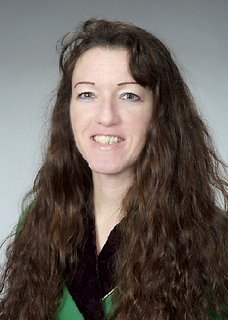Society of Women Engineers Scholarship Banquet
We had a lovely four course meal with fettuccine, salad, tortolini (or was that the speaker), and spumoni. We were given only two forks. Don’t confuse me about fork etiquette.
Our keynote speaker was Michelle Tortolani, President-Elect for national SWE. Michelle is Senior Director of Repeater Operations at XM Satellite Radio, headquartered in Washington, DC. She talked about the importance of educating the next generation of engineers and SWE’s role in their education and in informing public policy to make that education possible.
Earlier that day, Michelle met with Senators Stabenow, Kennedy, Mikulski, Durbin, and Reed. She recommended that more science, technology, engineering, and mathematics (STEM) courses be required for high school graduation. Hands-on activities should be integrated in course curriculums and STEM after-school activities should be promoted.
This year, SWE-BWS awarded a scholarship to a college freshman, Synthia Mariadhas, an undergraduate research assistant working on the biomechanics of disc degenerative disease. We also awarded four scholarships to graduating high school seniors Jasmine Sae Park, Kara Graber, Theresa Sweeney, and Erin Dale. Erin completed an internship at the NASA Langley Research Center where she wrote “Socioeconomic Benefits of Improved Hurricane Forecasting.” She presented her paper at the International Space Olympics in Korolev, Russia, and won ninth place (out of 300).

Theresa Sweeney, Jasmine Sae Park, Synthia Mariadhas, SWE-BWS President Kimberly Fick, Kara Graber, Erin Dale, and Michelle Tortolani
This article will appear in the June issue of the SWE-BWS newsletter.









